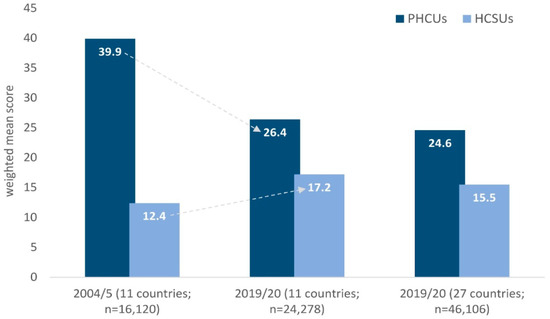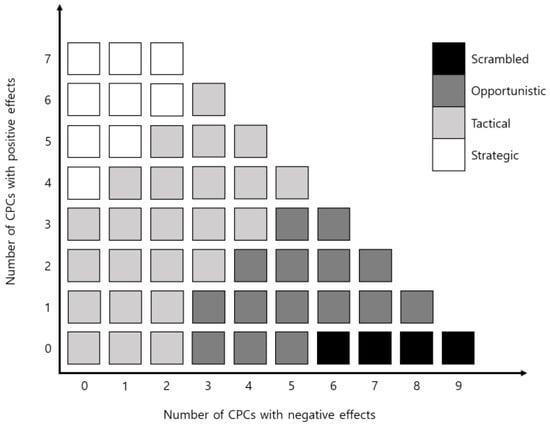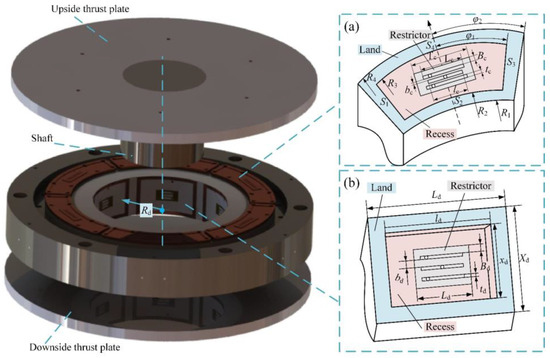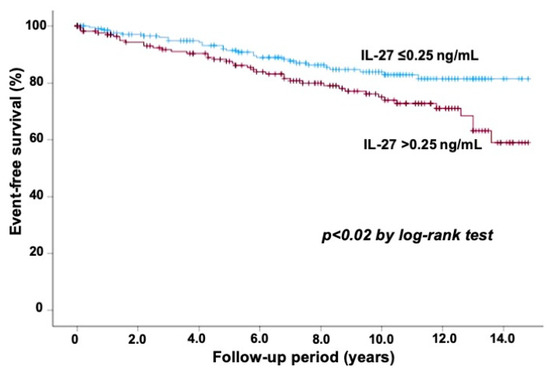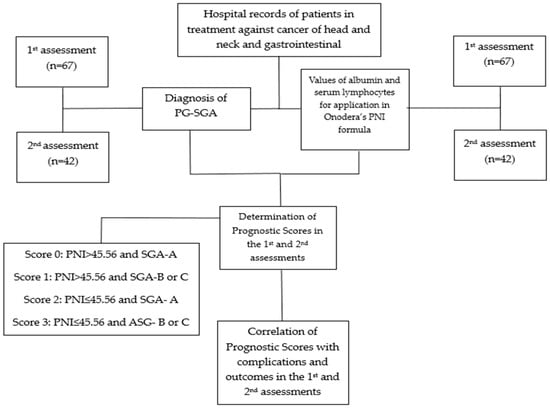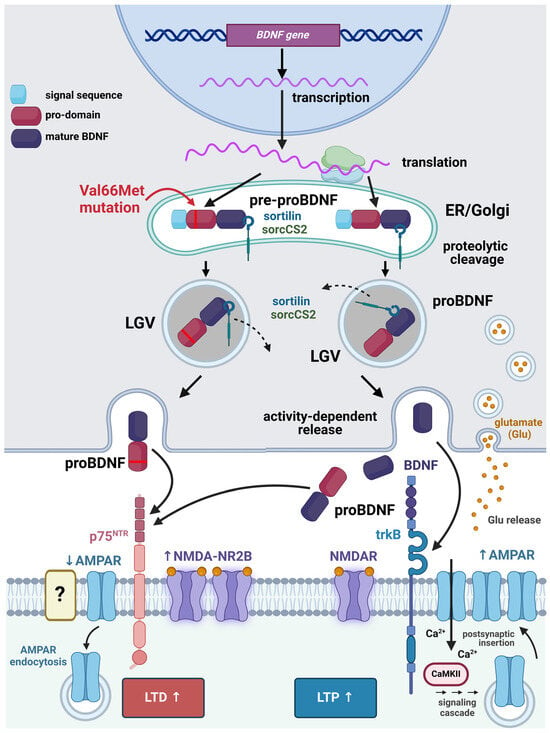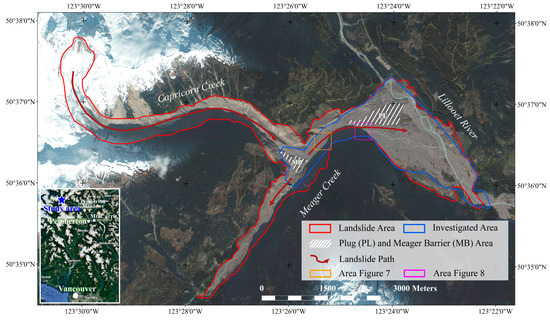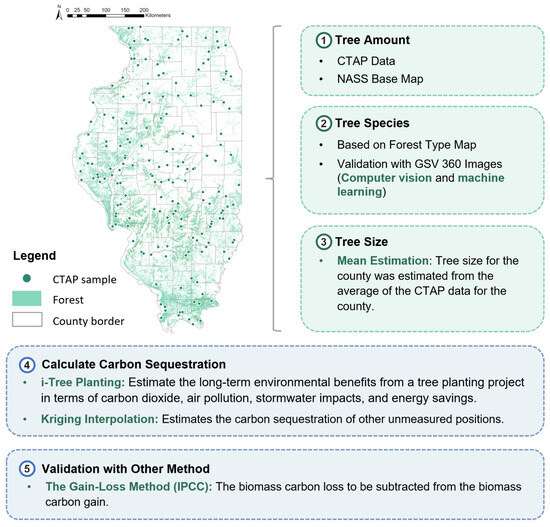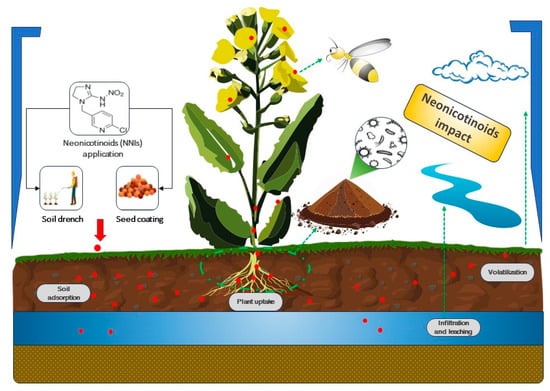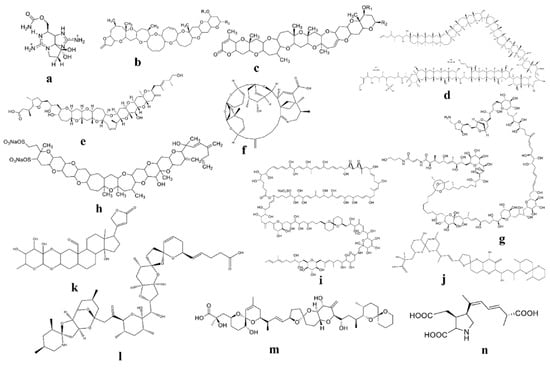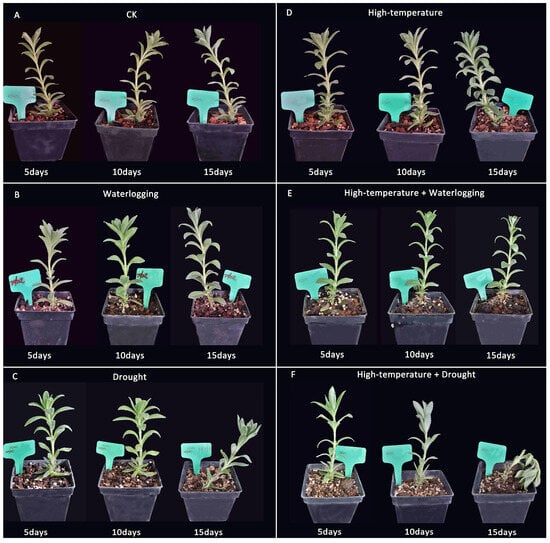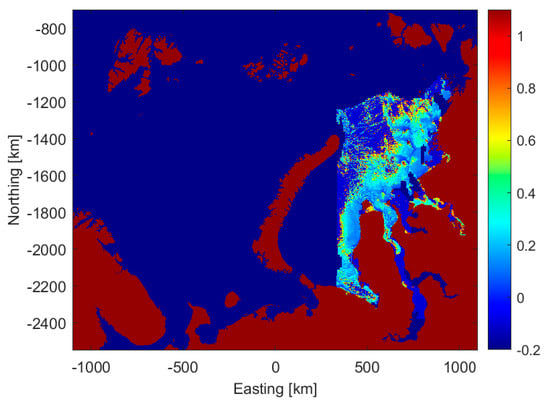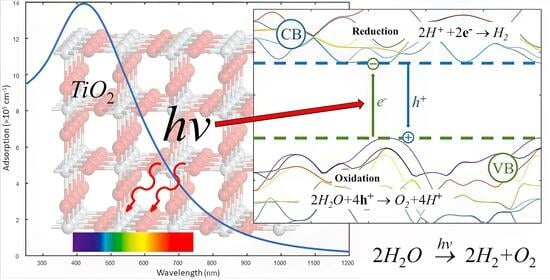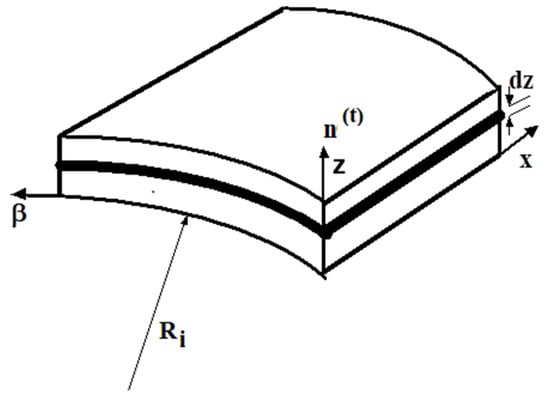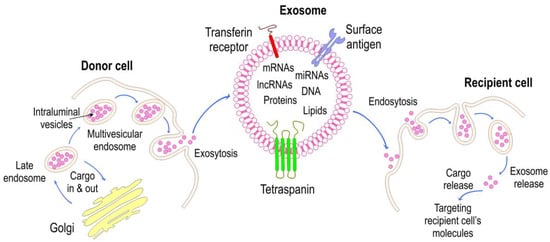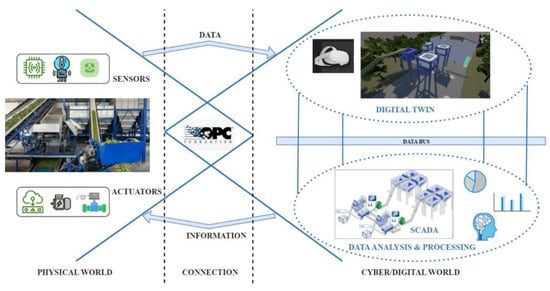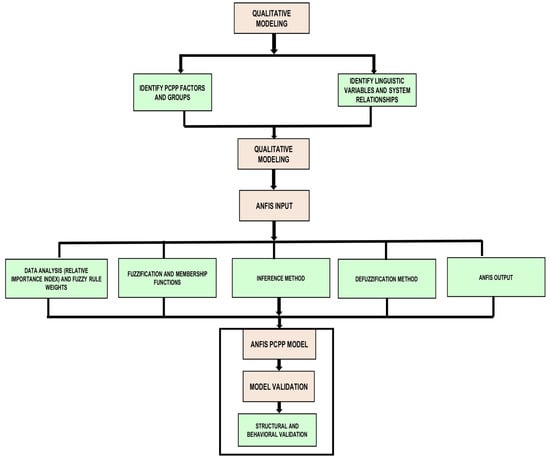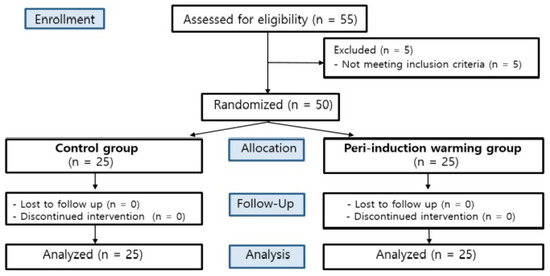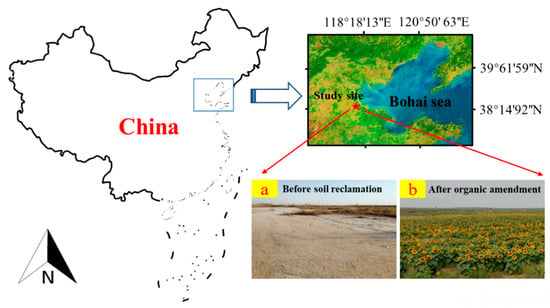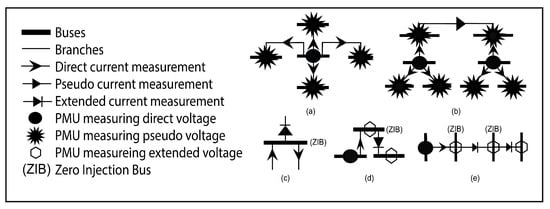Background and Objectives: Transurethral urologic surgeries frequently lead to hypothermia due to bladder irrigation. Prewarming in the preoperative holding area can reduce the risk of hypothermia but disrupts surgical workflow, preventing it from being of practical use. This study explored whether early intraoperative warming during induction of anesthesia, known as peri-induction warming, using a forced-air warming device combined with warmed intravenous fluid could prevent intraoperative hypothermia.
Materials and Methods: Fifty patients scheduled for transurethral resection of the bladder (TURB) or prostate (TURP) were enrolled and were randomly allocated to either the peri-induction warming or control group. The peri-induction warming group underwent whole-body warming during anesthesia induction using a forced-air warming device and was administered warmed intravenous fluid during surgery. In contrast, the control group was covered with a cotton blanket during anesthesia induction and received room-temperature intravenous fluid during surgery. Core temperature was measured upon entrance to the operating room (T
0), immediately after induction of anesthesia (T
1), and in 10 min intervals until the end of the operation (T
end). The incidence of intraoperative hypothermia, change in core temperature (T
0–T
end), core temperature drop rate (T
0–T
end/[duration of anesthesia]), postoperative shivering, and postoperative thermal comfort were assessed.
Results: The incidence of intraoperative hypothermia did not differ significantly between the two groups. However, the peri-induction warming group exhibited significantly less change in core temperature (0.61 ± 0.3 °C vs. 0.93 ± 0.4 °C,
p = 0.002) and a slower core temperature drop rate (0.009 ± 0.005 °C/min vs. 0.013 ± 0.004 °C/min,
p = 0.013) than the control group. The peri-induction warming group also reported higher thermal comfort scores (
p = 0.041) and less need for postoperative warming (
p = 0.034) compared to the control group.
Conclusions: Brief peri-induction warming combined with warmed intravenous fluid was insufficient to prevent intraoperative hypothermia in patients undergoing urologic surgery. However, it improved patient thermal comfort and mitigated the absolute amount and rate of temperature drop.
Full article
 IJMS
IMPACT
IJMS
IMPACT Applied Sciences
IMPACT
Applied Sciences
IMPACT Sustainability
IMPACT
Sustainability
IMPACT Sensors
IMPACT
Sensors
IMPACT JCM
IMPACT
JCM
IMPACT Energies
IMPACT
Energies
IMPACT Molecules
IMPACT
Molecules
IMPACT Materials
IMPACT
Materials
IMPACT Remote Sensing
IMPACT
Remote Sensing
IMPACT Cancers
IMPACT
Cancers
IMPACT Electronics
IMPACT
Electronics
IMPACT Mathematics
IMPACT
Mathematics
IMPACT Foods
IMPACT
Foods
IMPACT Buildings
IMPACT
Buildings
IMPACT Plants
IMPACT
Plants
IMPACT Nutrients
IMPACT
Nutrients
IMPACT Animals
IMPACT
Animals
IMPACT Polymers
IMPACT
Polymers
IMPACT Water
IMPACT
Water
IMPACT Diagnostics
IMPACT
Diagnostics
IMPACT Biomedicines
IMPACT
Biomedicines
IMPACT Agronomy
IMPACT
Agronomy
IMPACT Microorganisms
IMPACT
Microorganisms
IMPACT Processes
IMPACT
Processes
IMPACT Healthcare
IMPACT
Healthcare
IMPACT Forests
IMPACT
Forests
IMPACT Cells
IMPACT
Cells
IMPACT JMSE
IMPACT
JMSE
IMPACT Medicina
IMPACT
Medicina
IMPACT Viruses
IMPACT
Viruses
IMPACT Agriculture
IMPACT
Agriculture
IMPACT Nanomaterials
IMPACT
Nanomaterials
IMPACT IJERPH
IJERPH
 Land
IMPACT
Land
IMPACT Pharmaceutics
IMPACT
Pharmaceutics
IMPACT Pharmaceuticals
IMPACT
Pharmaceuticals
IMPACT Religions
IMPACT
Religions
IMPACT Biomolecules
IMPACT
Biomolecules
IMPACT Life
IMPACT
Life
IMPACT Micromachines
IMPACT
Micromachines
IMPACT Atmosphere
IMPACT
Atmosphere
IMPACT Antioxidants
IMPACT
Antioxidants
IMPACT Genes
IMPACT
Genes
IMPACT Metals
IMPACT
Metals
IMPACT Symmetry
IMPACT
Symmetry
IMPACT Children
IMPACT
Children
IMPACT Coatings
IMPACT
Coatings
IMPACT Vaccines
IMPACT
Vaccines
IMPACT Horticulturae
IMPACT
Horticulturae
IMPACT Education Sciences
IMPACT
Education Sciences
IMPACT Minerals
IMPACT
Minerals
IMPACT Brain Sciences
IMPACT
Brain Sciences
IMPACT JPM
IMPACT
JPM
IMPACT Bioengineering
IMPACT
Bioengineering
IMPACT




